Have you ever had epoxy resin that has not fully cured? This can be very frustrating, as the material may be unusable. However, there are a few ways to fix uncured epoxy resin. In this article, we will discuss how to fix uncured epoxy resin. We will also discuss what to do if your epoxy resin is too thick or too thin. Read on to learn more!
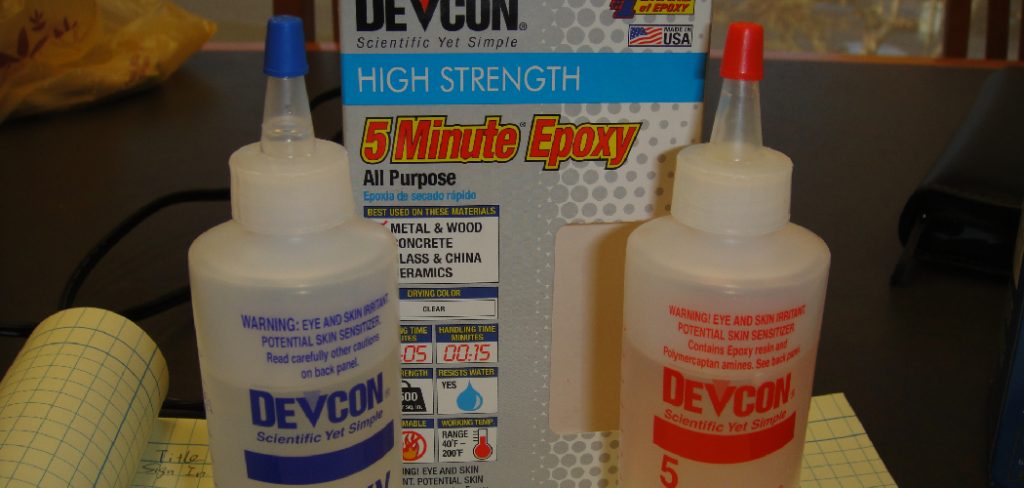
Summary:
Epoxy resin is a strong and durable adhesive material, often used for craft projects and repairs. If it has not cured properly during application, epoxy resin can be difficult to fix. However, with the right tools and techniques, you can easily repair uncured epoxy resin.
To fix uncured epoxy resin, start by cleaning the area around the affected area with alcohol or acetone. Then scrape off any excess resin until the surface is smooth. Next, mix together fresh epoxy resin according to the instructions on the packaging and apply it to the affected area in thin layers until it correctly covers the surface
What Causes Epoxy Resin to Not Fully Cure?
There are a few reasons why epoxy resin may not fully cure. The most common reason is that the ratio of epoxy resin to hardener is incorrect. If the ratio is off, the epoxy resin will not fully cure. Another common reason is that the temperature is too cold. Epoxy resin needs to be at least 70 degrees Fahrenheit to cure properly. If the temperature is too low, the epoxy resin will not cure. Additionally, if the epoxy resin is exposed to moisture, it will not cure. Finally, if the epoxy resin is old, it may not cure.
Why Is It Important to Fully Cure Epoxy Resin?
There are a few reasons why it is important to cure epoxy resin fully. First, if the epoxy resin is not fully cured, it will be sticky. This can be very frustrating, as the material will be unusable. Additionally, if the epoxy resin is not fully cured, it will not be as strong as it could be. This means that it may break more easily. Another reason why it is important to cure epoxy resin fully is because it will not be as clear.
If you are using epoxy resin for a project that requires a clear finish, this is important to keep in mind. Finally, if the epoxy resin is not fully cured, it may produce fumes that harm your health. So, it is important to cure epoxy resin fully for all of these reasons.
10 Ways on How to Fix Uncured Epoxy Resin
1. Add More Hardener
If your epoxy resin is not curing, the first thing you should do is add more hardener. This will usually fix the problem. You may need to experiment with the ratio of epoxy resin to hardener to find the right ratio for your project. To do this, mix the epoxy resin and hardener together in the correct ratio. Then, apply the mixture to your project.
If the mixture dries clear and hard, the ratio is correct. If the mixture is still sticky or soft, add more hardener to the mixture and try again. T
2. Add More Resin
If your epoxy resin is not curing, you may also need to add more resin to the mixture. This will help increase the amount of hardener present, which will speed up the curing process. You can add more resin by using a measuring cup to add small amounts at a time, stirring well after each addition. To add large amounts of resin, you can use a funnel.
3. Increase the Temperature
If the temperature is too cold, the epoxy resin will not cure. To fix this, you will need to increase the temperature. One way to do this is to use a hair dryer. First, make sure that the area is well-ventilated. Then, turn the hair dryer onto the highest setting and hold it about 6 inches away from the uncured epoxy resin. Move the hair dryer back and forth until the epoxy resin becomes tacky.
Another way is to put the item in a sunny spot or near a space heater. You can also use a heat lamp. If the temperature is too warm, the epoxy will cure too quickly and will not be as strong.
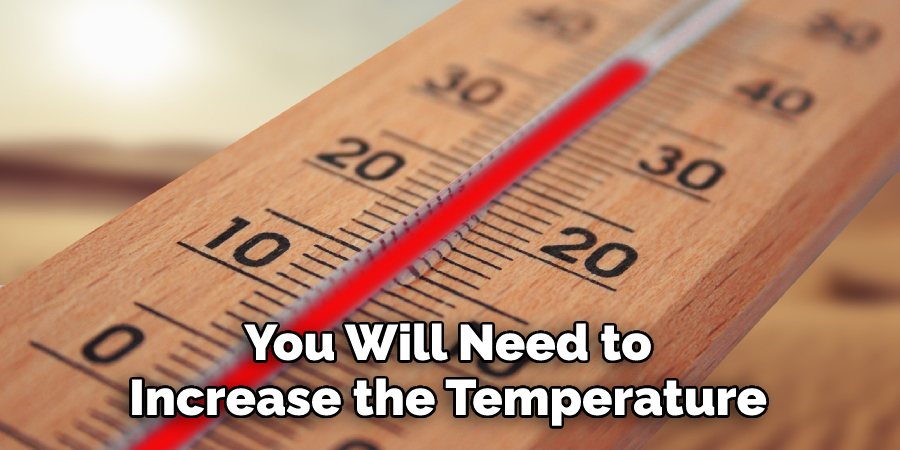
4. Use a UV Light
If you are using a UV light to cure the epoxy resin, ensure the light is strong enough. The UV light should be at least 4 watts per square inch. If the light is not strong enough, it will not cure the epoxy resin. First, make sure that the area you are working in is well-ventilated. Second, wear gloves and eye protection when working with UV light. Finally, ensure the UV light is not too close to the epoxy resin. If it is too close, it will cause the epoxy resin to become sticky.
5. Use a Heat Gun
If you are using a heat gun to cure the epoxy resin, ensure the temperature is set to at least 70 degrees Fahrenheit. If the temperature is too low, it will not cure the epoxy resin. Use a heat gun to heat up the area you are trying to cure carefully. Move the heat gun around so that you evenly distribute the heat. Do not stay in one spot for too long, or you could damage the epoxy resin. Once the area is heated up, you should see the epoxy resin start to cure. If it does not, continue to heat the area until it does.
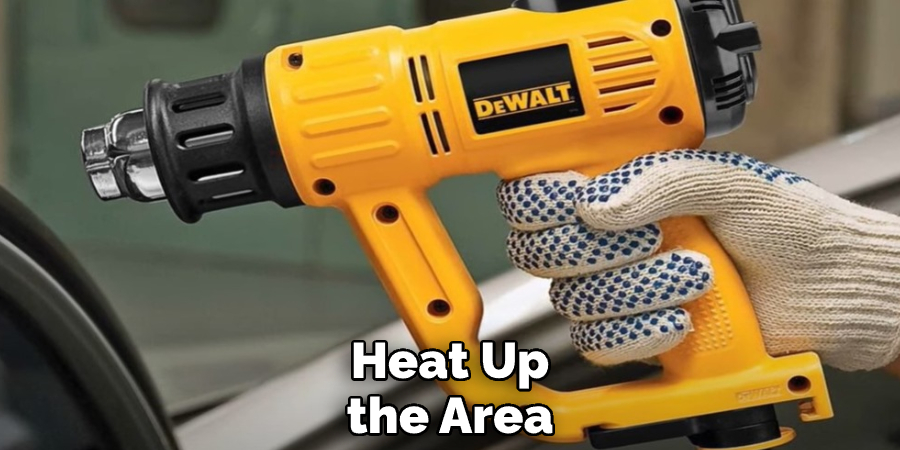
6. Stir the Epoxy Resin Thoroughly
If you are not stirring the epoxy resin thoroughly, it will not cure properly. Make sure that you are thoroughly stirring the mixture before you apply it. To do this, first, mix the two parts of the epoxy resin together. Then, use a spatula or other stirring tool to make sure that the mixture is combined thoroughly. If there are any clumps in the mixture, make sure to break them up so that the mixture is smooth.
7. Mix in a Different Container
If you are having trouble getting the epoxy resin to mix properly, try mixing it in a different container. The container that you use should be clean and dry. You may also want to use a container that is made of a material that does not react with epoxy resin, such as glass or plastic. Try to avoid using metal containers, as they can react with the epoxy resin and cause it to harden
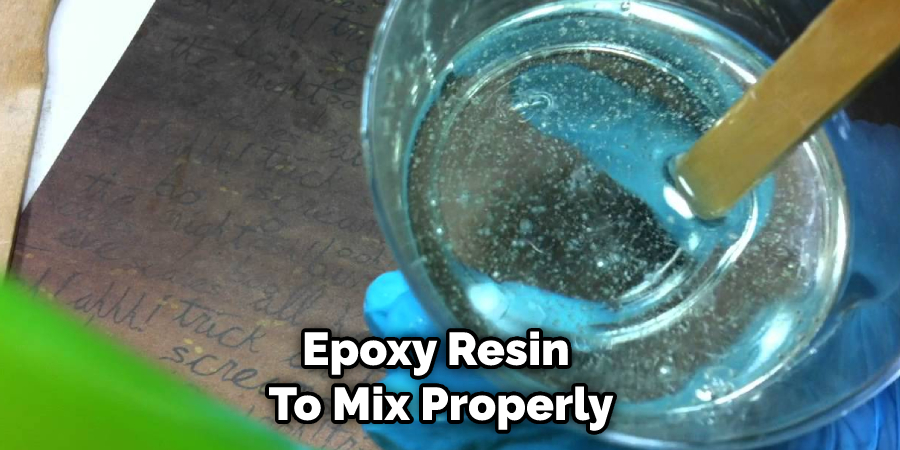
8. Check the Expiration Date
If you are using old epoxy resin, it may not cure properly. Epoxy resin has an expiration date, so make sure you use fresh resin. You can find the expiration date on the container. If you can’t find the expiration date, assume that the resin is too old to use.
9. Use a Different Type of Epoxy Resin
If you are having trouble getting the epoxy resin to cure properly, try using a different type of epoxy resin. There are many different types of epoxy resins on the market, such as standard Epoxy Resin, fast Cure Epoxy Resin, and ultra-clear epoxy resin. Each type of epoxy resin has its own curing instructions you will need to follow. If you still have trouble after trying a different type of epoxy resin, don’t hesitate to contact the manufacturer of the product you are using for further assistance.
10. Consult a Professional
If you try all of the above tips and still have trouble getting the epoxy resin to cure properly, you may need to consult a professional. Many companies specialize in epoxy resin, and they may be able to help you troubleshoot the problem. You can find a list of these companies online or in your local phone book.
Tips and Warnings on How to Fix Uncured Epoxy Resin
Tips
- Be sure to use a fresh, unused batch of epoxy resin. Epoxy resin expires, and using old resin can prevent curing.
- If the epoxy resin is not curing, it may be because the temperature is too low. Epoxy resin needs to be above 70 degrees Fahrenheit to cure properly.
- If you use a two-part epoxy resin, mix the two parts thoroughly before use. Incomplete mixing will prevent curing.
- If the epoxy resin is not curing, it may be because there is too much moisture in the air. Epoxy resin needs low humidity to cure properly.
- If you use a UV-curing epoxy resin, use it in a well-ventilated area or with a fume extractor.
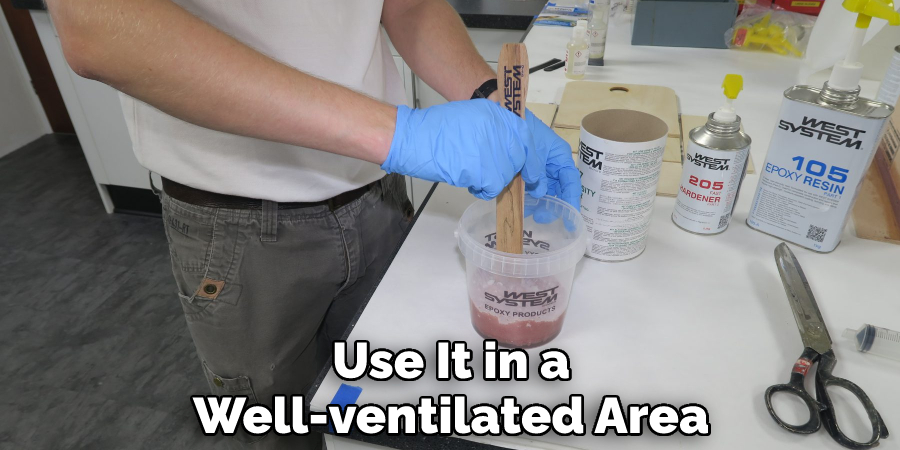
Warnings
- Avoid skin contact with uncured epoxy resin. Epoxy resin can cause skin irritation.
- Avoid inhalation of uncured epoxy resin vapors. Epoxy resin vapors can cause respiratory irritation.
- Do not eat or drink while working with uncured epoxy resin. Epoxy resin can cause gastrointestinal irritation.
- Avoid contact with eyes. Epoxy resin can cause eye irritation.
- If you experience any of the above symptoms, seek medical attention immediately.
- Keep uncured epoxy resin away from children and pets. Uncured epoxy resin is toxic.
Frequently Asked Questions
Can I Pour Resin Over Uncured Epoxy?
it depends on the resin and the epoxy. Some resins are stronger than others, so you may end up with a mess if you try to pour resin over uncured epoxy. If you’re unsure whether or not this will work, it’s best to contact the manufacturer of your chosen product to see if they have any advice.
Can You Fix Uncured Resin?
Unfortunately, the uncured resin cannot be fixed. It will need to be completely removed in order to restore the finish or color that was once there. This may involve sanding down the surface until it is smooth and then applying a new finish or color.
Will Acetone Remove Uncured Epoxy?
Yes, acetone can remove uncured epoxy. However, it is important to note that acetone is a very dangerous and flammable substance, so use it with caution and do not let it get near your skin or eyes. Also, make sure to ventilate the area well while acetone is being used, as the fumes can be toxic.
Does Vinegar Dissolve Epoxy?
Epoxy is a type of adhesive that can be difficult to remove. Vinegar can help in dissolving epoxy, but it may also cause damage if used excessively or incorrectly. Always test the solution on an inconspicuous area first before applying it to larger areas.
Conclusion
So there you have it, ten tips on how to fix uncured epoxy resin. If you follow these tips, you should be able to get your epoxy resin to cure properly. We hope you found this article helpful. If you are still having trouble, please write to us, and we will try to help you troubleshoot the problem. Thanks for reading!
